Summer care for Korean hornbeam typically consists of minor cutback, defoliating and/or leaf pruning. As I completely defoliated the tree last summer – something I don’t necessarily recommend: see Defoliating a Korean Hornbeam for details – and repotted the tree in winter, I’m taking it a bit easy this year. I reduced long shoots to between 3 and 5 leaves and halved the larger leaves.
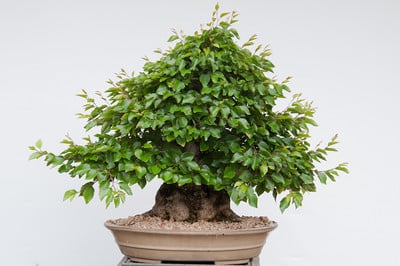
Korean hornbeam – May 2013
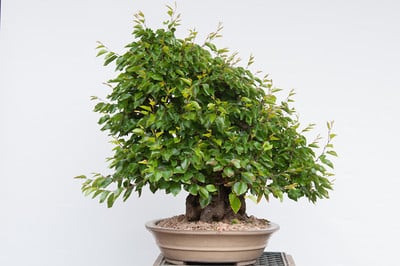
Side view
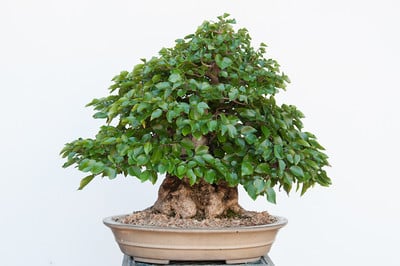
After reducing the long shoots
Because the tree was still full after cutback, I tried reducing the size of the larger leaves to let more light into the tree’s interior.
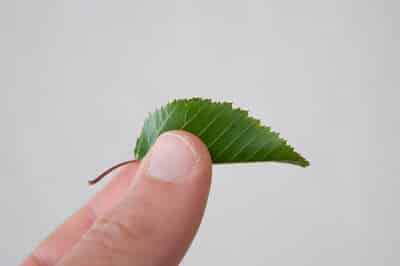
Hornbeam leaf folded along the center vein
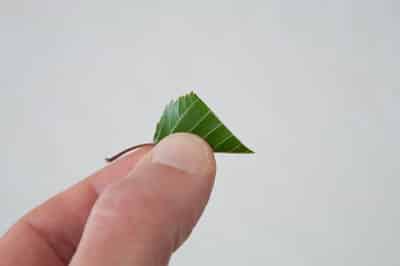
After making the cut
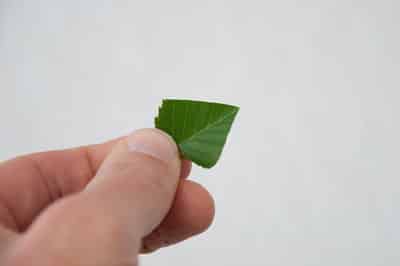
The cut leaf
As you can see below, leaf pruning makes a noticeable, but not dramatic, effect.
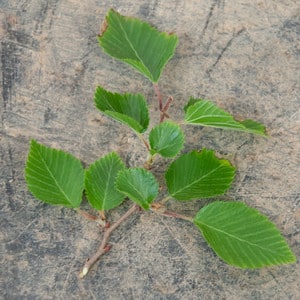
Branch before leaf pruning
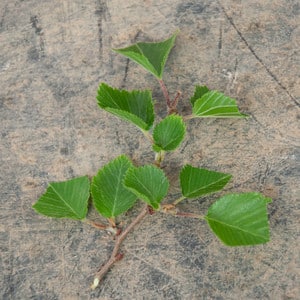
After leaf pruning
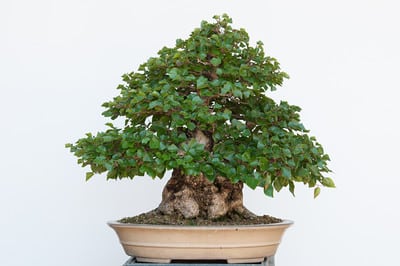
Leaf pruning complete
The tree is still a bit on the full side but that will do for this year. If the tree’s strong enough next year, I’ll defoliate the exterior branches as this is the best way to strengthen the tree’s interior.
Subscribe to Bonsai Tonight
New Posts Delivered Every Tuesday and Friday
Mac says
Jonas, Good article as usual, thank you. The side view looks kind of unusual to me. Is the sloped shape, with the flat back side, intentional or is it in the process of filling in to a more rounded profile?
BTW, in our discussion about pines, and thank you for that, I mentioned rain in our area. So far we have gone four weeks with rain every day or night. Farmers can’t get into fields to harvest crops it has rained so much.
Zack Clayton says
Mac, I think the flat vertical face is the front. “The tree bending toward you.” The roots shown would tend to support that also. I asked Jonas about that extreme – to me – slope awhile back and it seems to be something that Japanese masters have developed. I don’t see it as much in the US or European side views that I have seen. I also don’t see it as much in older Japanese side views.
Mac says
Thanks Zack. I deduced where the front was an agree with your finding. I was just curious about the straight cut on the back. Wondering if it is some effort to get sunlight all the way into the trunk or if it is just something that has happened that is being corrected by letting it regrow.
Your explanation is interesting and I hope Jonas comes back and explains also.
Jonas Dupuich says
Hi Mac, Juan said it – decreasing leaf size lets more light into the tree’s interior which improves twig density and shortens internodes; in short, it helps create better ramification. I’ll try to say more about bonsai silhouettes in a future post. And sorry to hear about the continued rain!
endsurg says
Great article and great blog. I really learn a lot. I love the step by step pictures that most articles on a topic neglect.
Juan says
Buenos dias, Nice Jonas. Theconcept of Japanese styled trees ‘bowing’ ir tipping forward is not new at all. What accentuates it here is the fact that this tree is shown ‘fully dressed’ with leaves. This tree wiuld hardly ever be seen with leaves as the branching is most highly admired. Remember leaf reduction is not done to reduce leaf size per se, but rather to increas twig density anx shorten internodes.